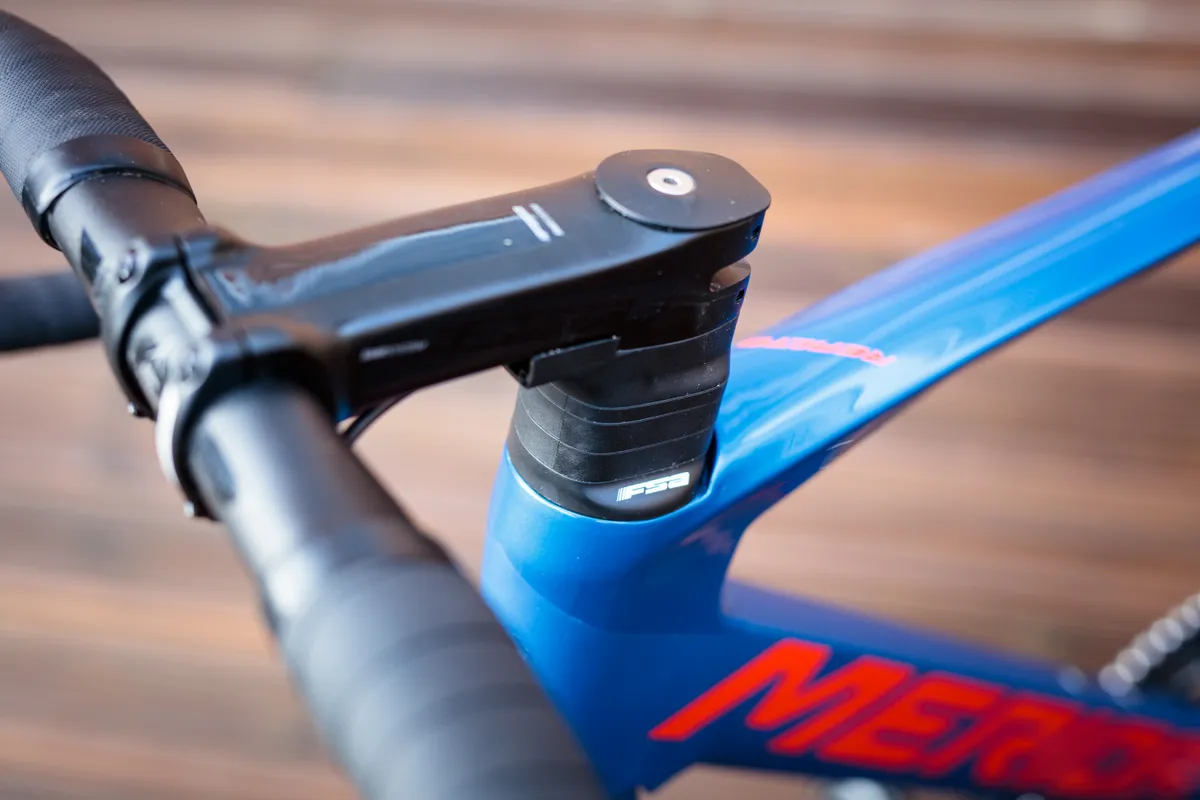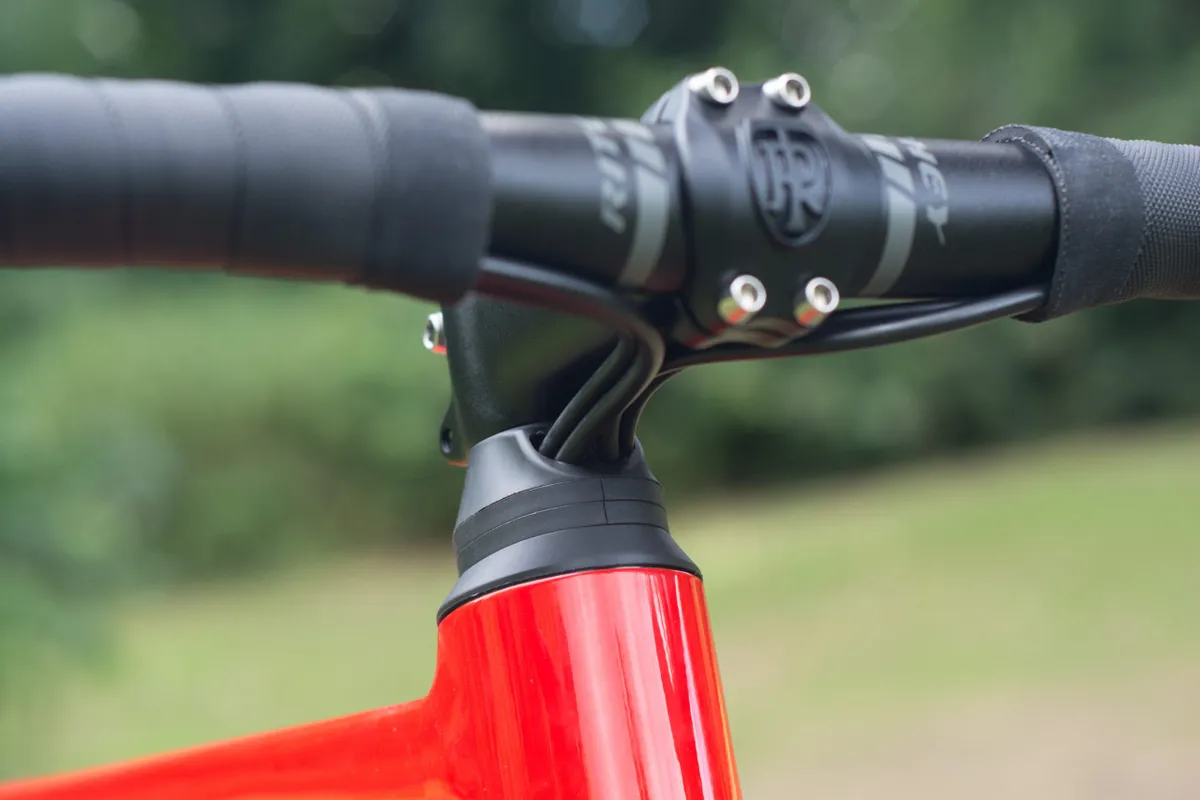On the face of it, the stem may seem like a fairly mundane, if essential, bike component, connecting the fork steerer to your handlebars. However, the stem has a significant effect on your bike’s geometry and, as a result, the handling and your ride position.
There's plenty to consider if changing or upgrading your stem, from its length and angle to the material a stem is made from and compatibility with your handlebar and steerer tube.
With that in mind, here's everything you need to know about bike stems. You can also use the links below to jump to the relevant section.
- What is a bike stem?
- Stem length, rise and diameter
- How to measure stem length
- Adjusting a bike stem
- Stem material
- Road vs MTB vs gravel stems
- Bike stem standards
What is a bike stem?
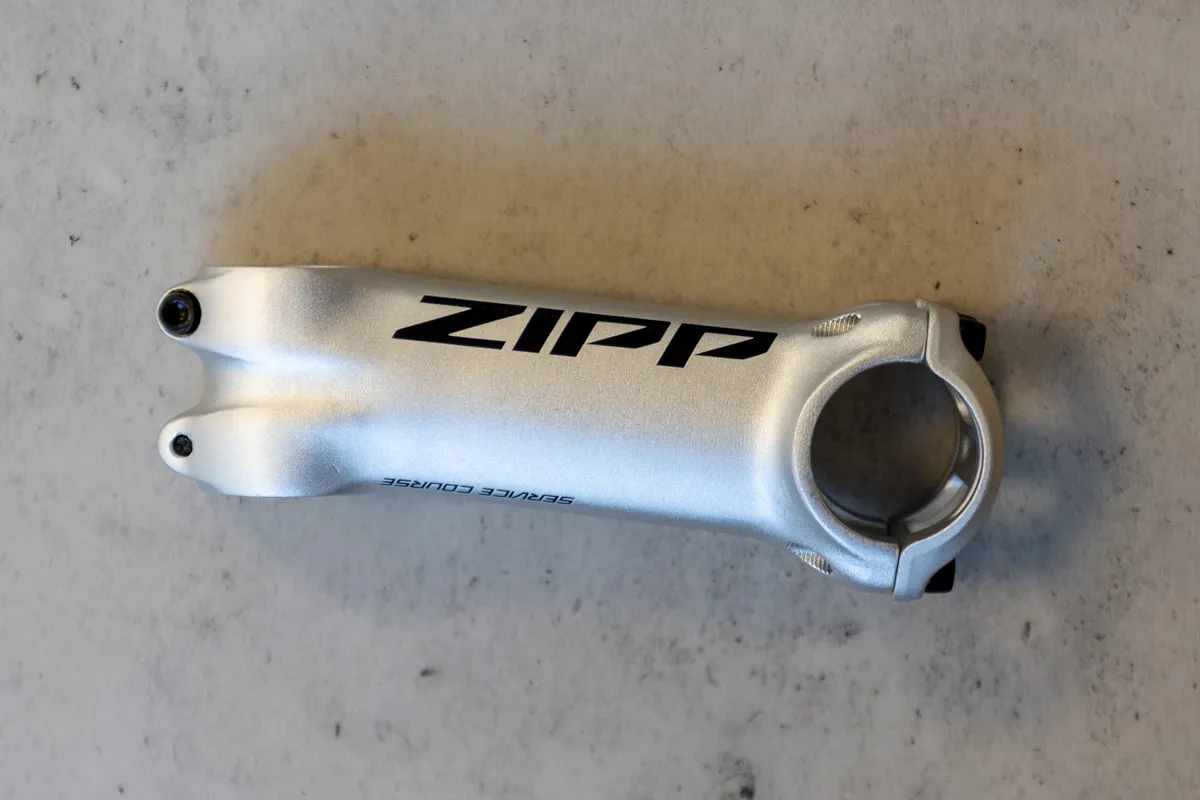
On a basic level, the stem has a simple job: to connect your handlebar with the fork steerer tube and, with it, the rest of the bike.
At one end (nearest to the rider if sitting on the bike), the stem has a hole through it top to bottom, with pinch bolts to clamp it to your bike’s steerer tube. Here, the stem holds the steerer tube in place in the headset.
At the other end of the stem, there’s usually a faceplate connected with four bolts, two at the top and two at the bottom, to hold your handlebar in place.
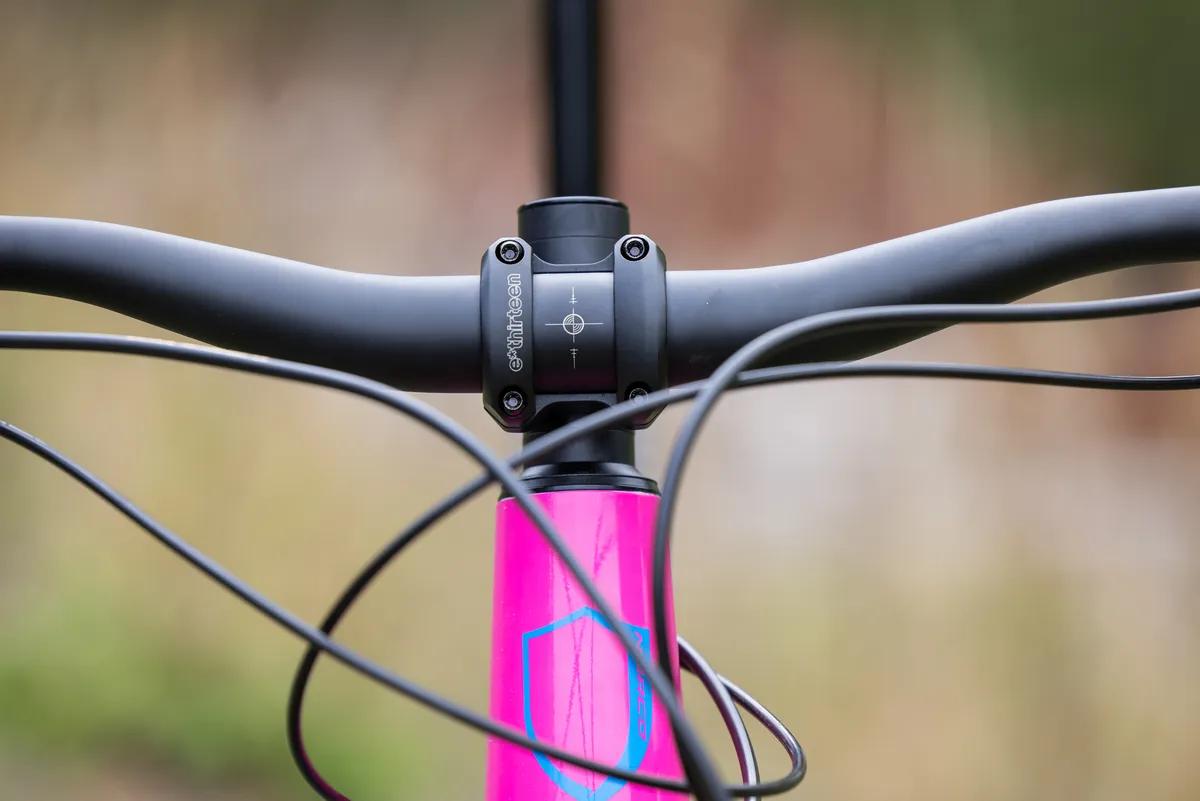
Between the stem faceplate and steerer tube, the stem is made up of a length of aluminium or carbon fibre, though titanium is occasionally used.
The length of your stem can have a significant impact on the fit and handling of your bike. There’s also usually a slight angle between the steerer tube clamp and the long axis of the stem. We’ll explain the significance of both later.
That's the basics covered but, as with all bike parts, there are exceptions and complications.
The geometry of a bike stem
Stem length

The length of a stem is one of the most important factors to consider if you are looking to change the stock option on your bike.
Mountain bike stems are typically around 50-80mm long, while road bike stems are longer, starting at around 80mm and extending to 120mm or longer as the frame size increases. Gravel bike stems typically sit somewhere between the two.
Stem length is one of a number of factors, along with head tube angle and fork rake, that affects a bike's handling.
Generally speaking, a shorter stem will result in faster handling, while a longer stem will result in slower, more predictable handling.
As a result, fine-tuning the stem can be one way to tweak the handling of your bike – but remember, your stem doesn't exist in isolation and changing the stem length will also impact your position on the bike.
On that note, you can also change your stem length to adjust the reach from the saddle to the handlebar.
A shorter stem will reduce the reach and provide a more upright position, which might help if you're feeling too stretched out. On the flip side, if you're feeling cramped on the bike, using a slightly longer stem will increase the reach.
We'd recommend experimenting with a different stem length if you want to make small, incremental adjustments to your riding position or the handling of your machine. However, a professional bike fit will help you hone in on the perfect setup, and factor in the influence of stem length on the rest of your position.
Stem rise

Rise refers to the angle of the stem relative to the fork's steerer tube and typically ranges from six degrees to 20 degrees, though most stems fitted as standard on bikes are at the lower end of the scale.
Most stems fitted on off-the-shelf bikes have a moderate amount of rise; however, stems with a more extreme amount of rise provide the option to significantly adjust the position of your handlebar.
Stems are often designed to be flippable, so depending on the amount of rise, you can angle the stem down to achieve a lower, more aerodynamic position, or up to put the handlebar in a more upright position.
Remember, though, that handlebar height can also be adjusted via adding or moving spacers beneath the stem on the steerer tube or, on a mountain bike handlebar, choosing a riser bar.
Stem diameter
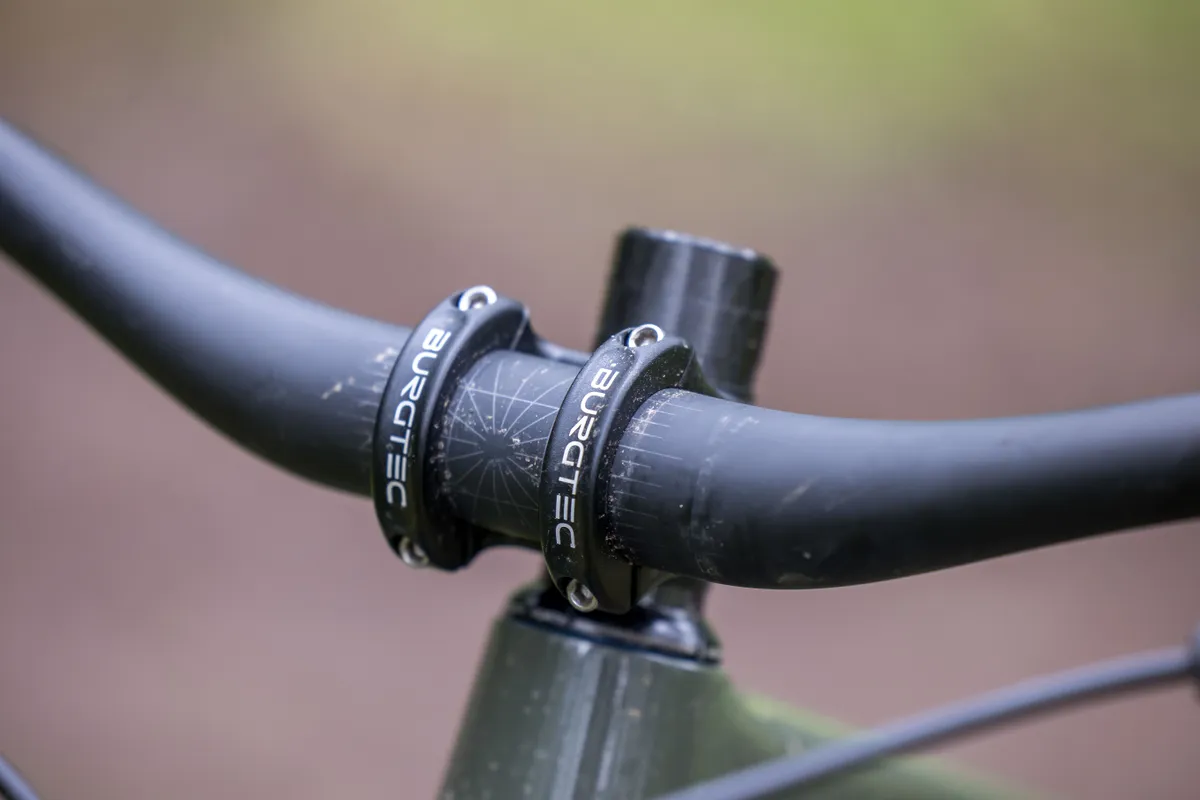
There are two diameters to get right when choosing a stem: that of the steerer tube and that of your handlebars.
Both come in a variety of standards, which we'll come on to. Also, to add to the confusion, the steerer-tube diameter is normally quoted in inches and the bar diameter in millimetres.
For steerer tubes, the typical diameter is 1-1/8in, although some bikes will have a 1-1/4in steerer diameter.
Handlebars come in a range of diameters, so your stem's faceplate has to fit here, too.
Modern road bike bars are usually 31.8mm in diameter at the centre, but older bars were more commonly 25.4mm.
For mountain bikes, 31.8mm is the usual diameter, but you'll also find bars that are 35mm.
How to measure stem length

The length of a stem isn't its overall length, from the very front to the very back, but the distance from the central point on the steerer tube and the centre of the handlebar.
It's fairly easy to measure with a ruler or tape measure. It's usually a discrete number of tens of millimetres (so 80mm, 90mm, 100mm), although really short stems can be 35mm long.
Helpfully, a stem's length is often printed on it, often with additional information such as the rise and handlebar clamp diameter.
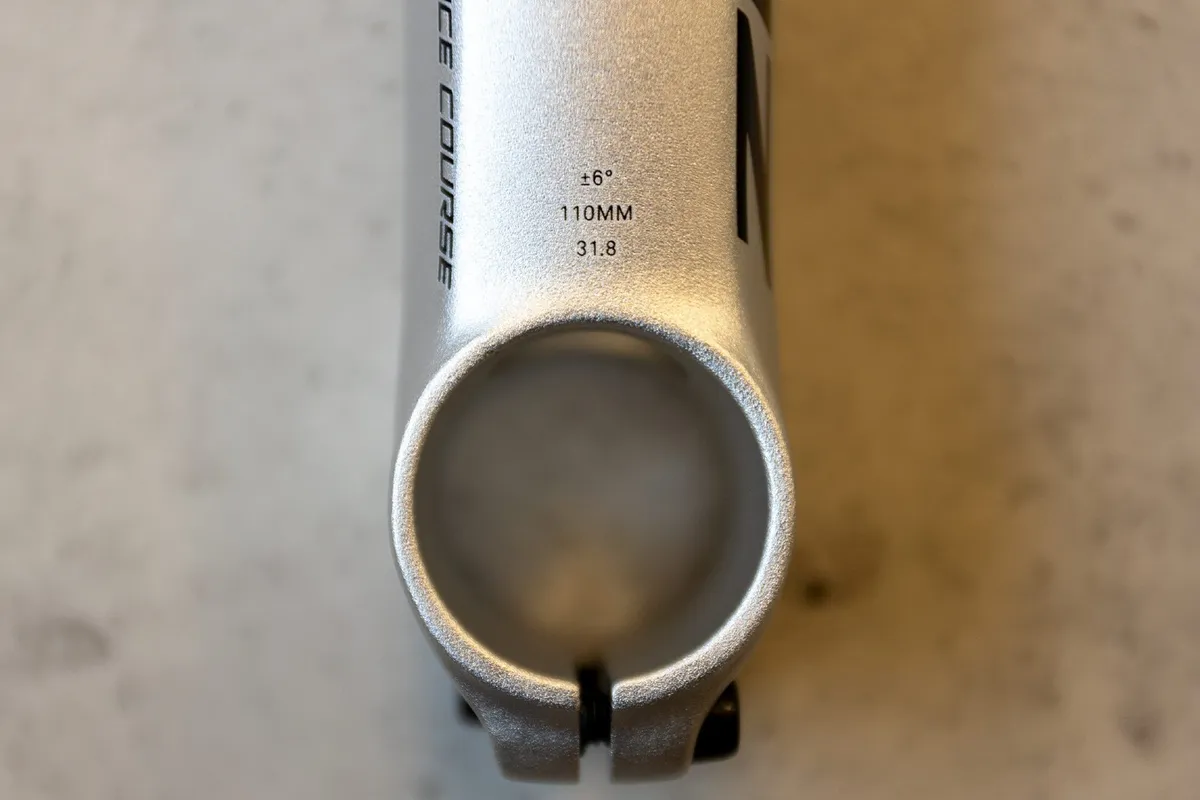
Adjusting a bike stem
There are a number of ways to adjust a bike stem to tweak the setup, fit or handling of your bike.
If the fork is too loose or too tight in the frame, this is typically adjusted by loosening the stem bolts, pre-loading the bearings to the appropriate level by ensuring there's no play but they still turn smoothly, then re-tightening the stem to hold everything in place.
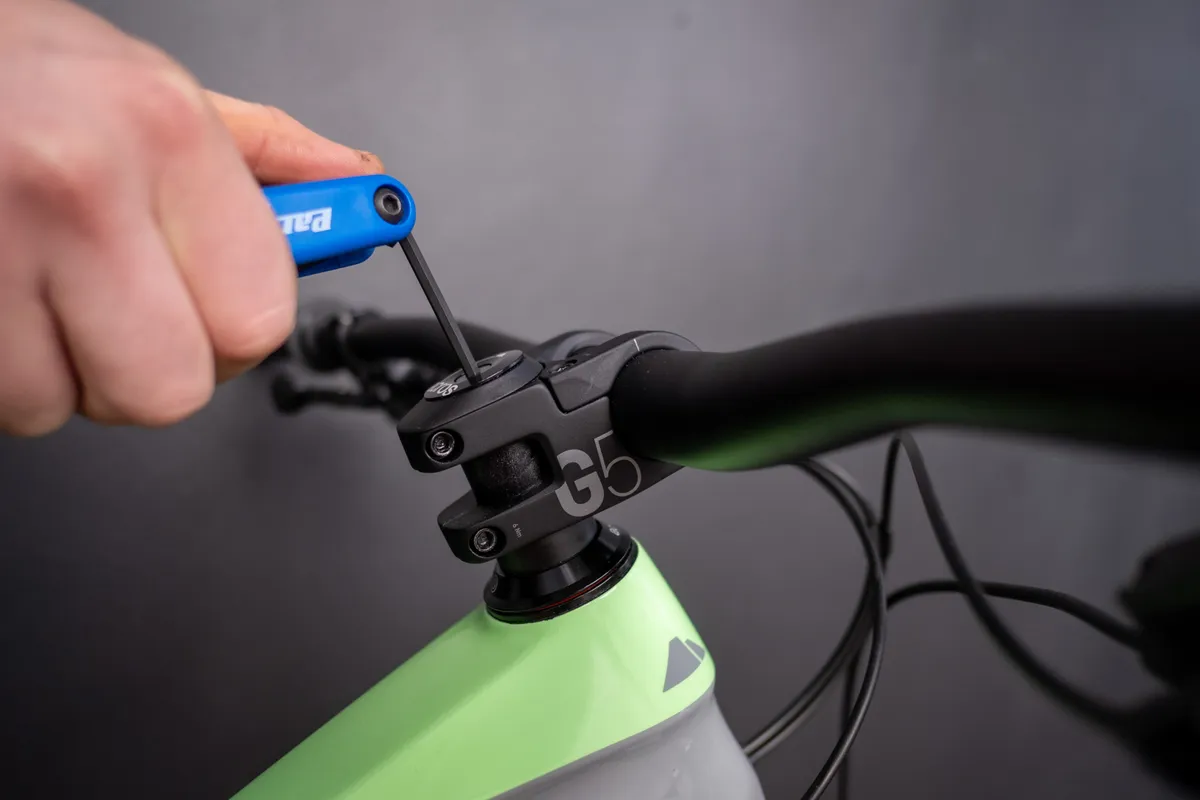
There are normally a number of spacers on top of the headset. You can raise and lower the stem, and with it adjust the height of your handlebar, by moving spacers above or beneath the stem.
Leaving your fork steerer long, initially at least, will give you some leeway to play with stem height by moving spacers from the top of the stem to the bottom.

Speaking of spacers, there should always be a spacer on top of the stem if you have a carbon fibre fork, and the steerer should extend into the spacer. That way the full length of the stem clamp engages with the steerer, reducing the chance of damage to the top of it.
You can also adjust the angle of your handlebar by rotating it in the stem clamp, assuming your bike has a conventional setup with a separate handlebar and stem.
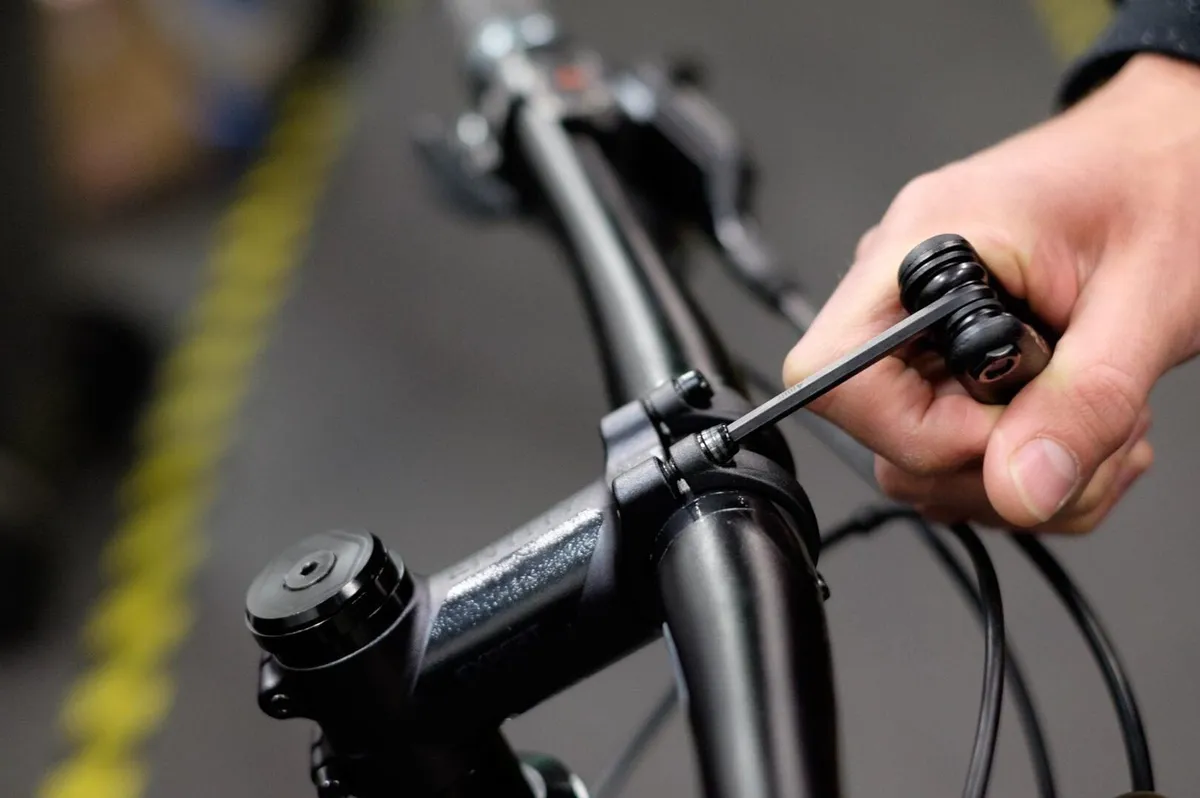
For the flat handlebars found on a hybrid or mountain bike, adjusting the bar rotation when setting up your bike allows you to alter the effective rise and backsweep of the handlebar.
If you're riding a road bike or gravel bike with a drop handlebar, the rotation of the bars will change the angle at which the handlebar drops and gear/brake levers sit.

A word of caution: if you're tinkering with any of the bolts of your stem, make sure they are only tightened to the manufacturer's recommended torque setting. That's usually 5Nm or 6Nm but should be printed on the stem, next to the steerer tube and/or faceplate bolts.
It's important not to overtighten stem bolts, especially if they're made from carbon fibre, so it's a good idea to have a torque wrench or torque key in your tool kit.
Stem material
Carbon vs alloy
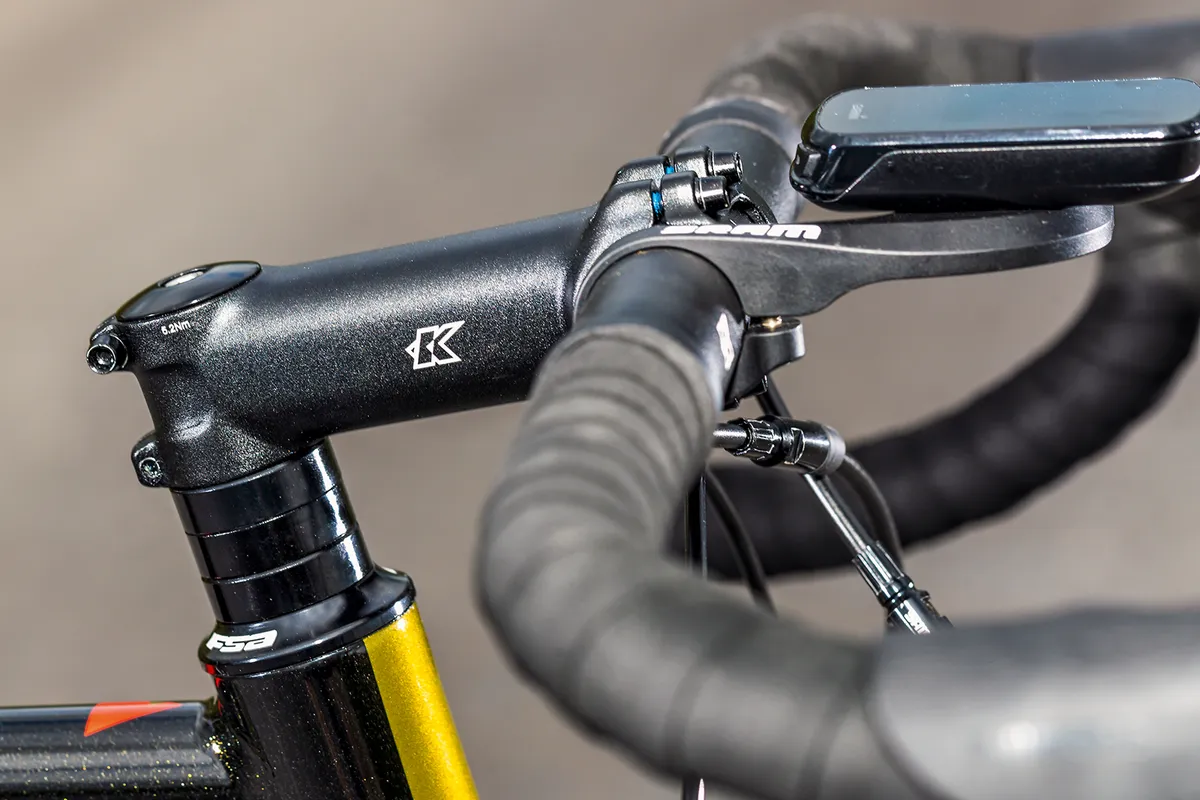
Most standard stems on most bikes are made of aluminium alloy.
Just as is the case with bike frame materials, aluminium alloy is durable, lightweight, easy to manufacture and, in most cases, relatively affordable.
A carbon road bike stem will save a bit of weight, but at a price, whereas the weight saving from using carbon for a short mountain bike stem would be negligible.
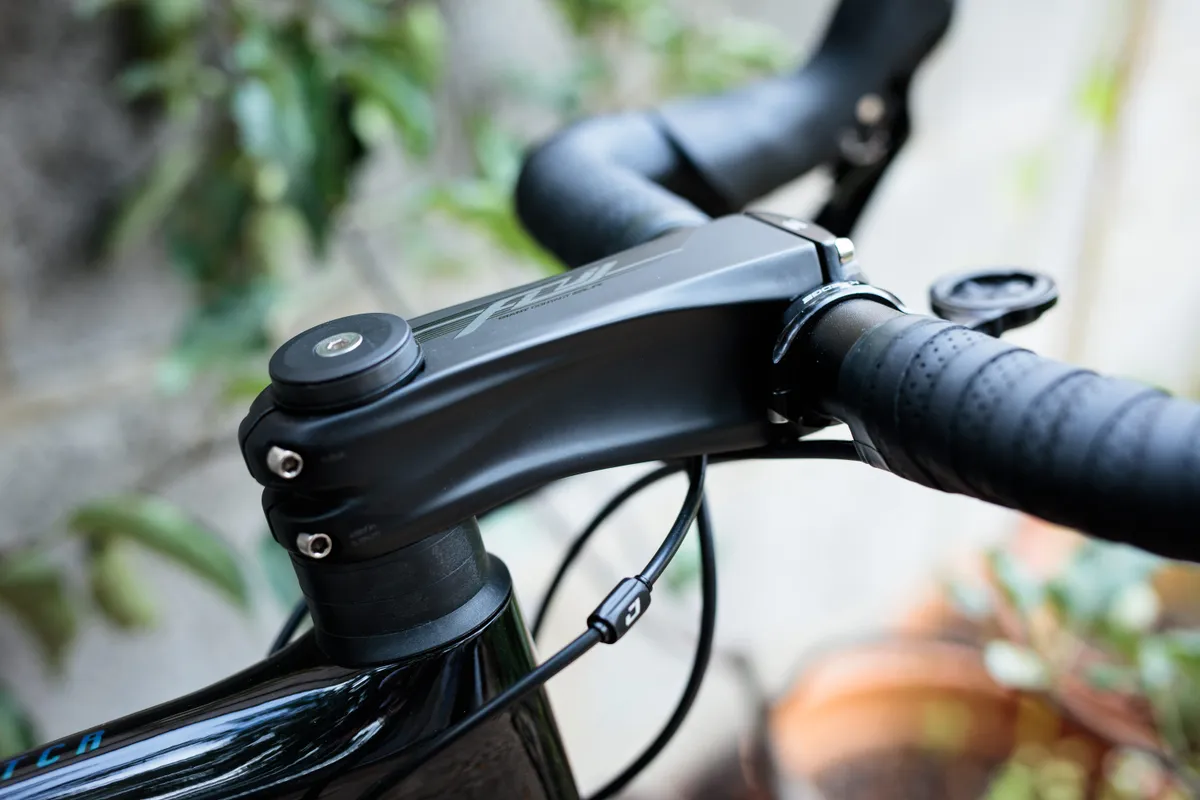
Brands with proprietary integrated systems are more likely to use carbon. The complex shapes and internal cable routing are easier to realise in carbon than alloy. Single-piece bar/stems in particular are almost always carbon.
Carbon fibre is also sometimes used for oversized stems to improve stiffness – a design sometimes seen on the bikes of top-level sprinters.
The different types of bike stems
Road bike stems
As we've already touched upon, road bike stems typically range from 80mm to 120mm on most off-the-shelf bikes, with 100mm or 110mm common on size medium bikes.
In contrast to the short stems on mountain bikes, which we'll come on to, road bike stems are much longer to give stability in the fast, wide turns that are more typical on the road. A longer stem also helps provide the racier, stretched out and more aerodynamic position preferred by road cyclists.
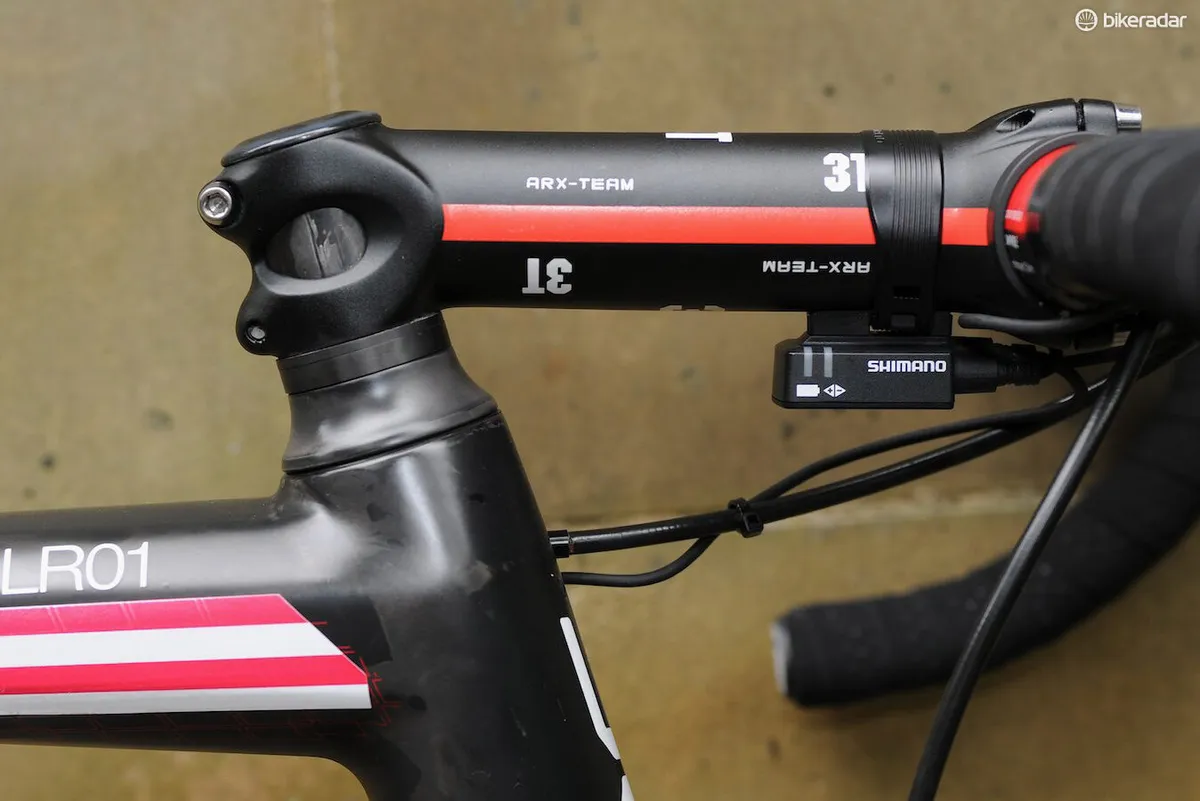
Don't feel obliged to copy professional road cyclists, though. You'll often see pro riders with 140mm stems (and sometimes even longer) for an extreme, flat-backed position – but these are finely tuned athletes with rigorous off-bike stretching regimes.
Although classic alloy stems with external cabling are still common on road bikes, we're seeing more and more bikes with hidden or internal cable routing.
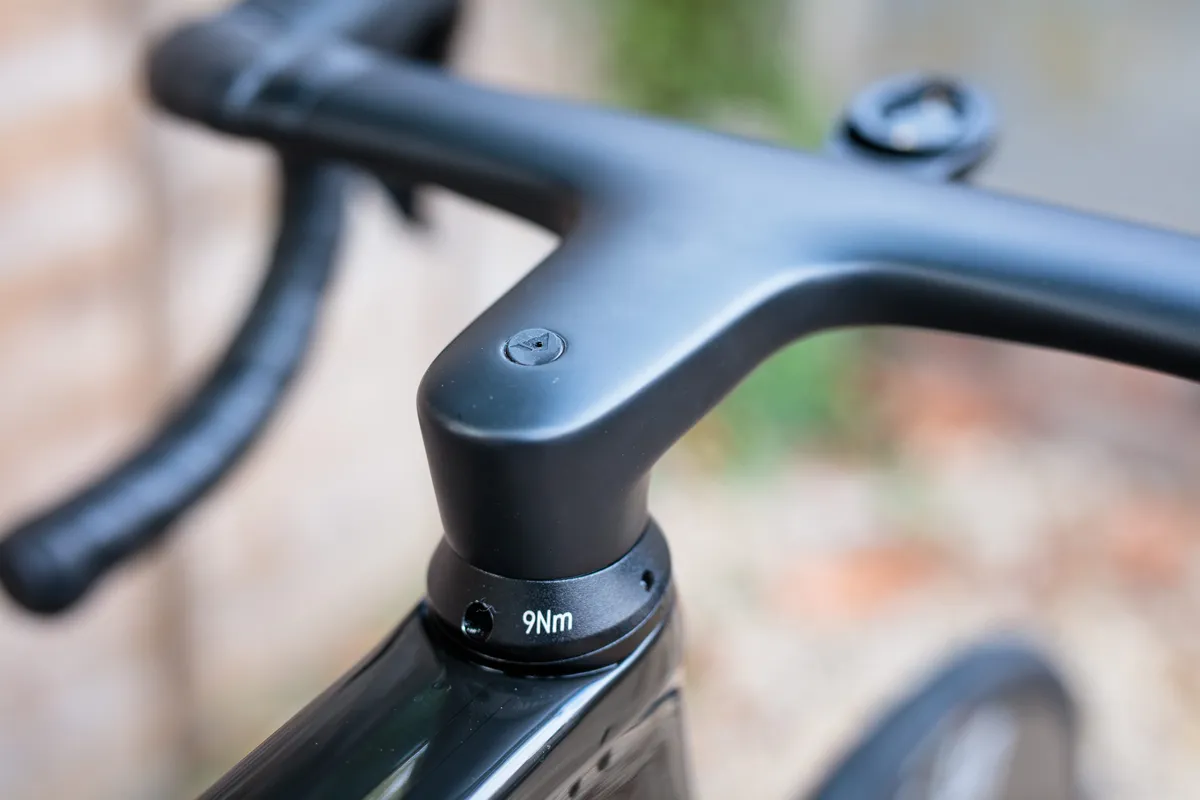
As we've already touched upon, though, it's also now common for high-end road bikes to come with an integrated, one-piece handlebar and stem.
This can make for a more rigid structure and is typically more aero than a separate bar and stem – because cables are round and face into the wind, they contribute a surprising amount of drag – but comes at the expense of adjustability.
If you want to change your stem length or bar width, you need to buy a pricey new bar-stem, and you can’t alter the angle of the bar’s contact points either, which may not suit some riders.
Some bike brands have got around this with a separate bar and stem that are more aero than a standard design but still allow adjustment, such as Cannondale’s HollowGram SAVE system on its SuperSix EVO and a similar design on the Specialized Tarmac SL7.
The FSA ACR, meanwhile, is an aftermarket option, which cleverly routes the cables underneath the stem to keep them hidden from the wind. It looks good, the cables remain relatively easy to access for maintenance, plus you retain full adjustability with both the handlebar and stem.
Mountain bike stems
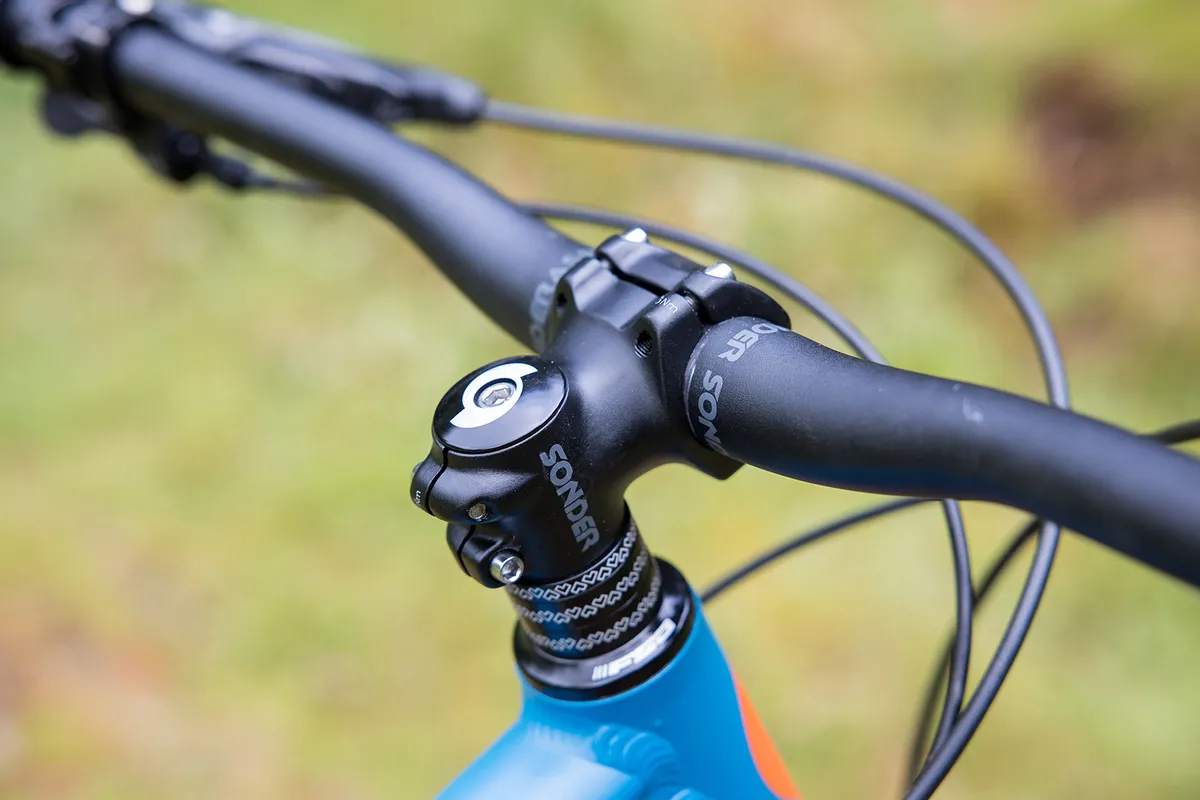
Modern mountain bikes typically have much shorter stems than road bikes.
What's more, with modern mountain bike geometry getting longer and slacker, stems on mountain bikes have been getting progressively shorter to retain the fast steering response that's needed on the trail and to keep the bike's reach in check.
The longer frame geometry should give a similar ride position to older bikes but, once you start to go downhill, a shorter stem will tend to place your weight further behind the front wheel than a longer one, adding stability, although a longer stem may make climbing back up easier.
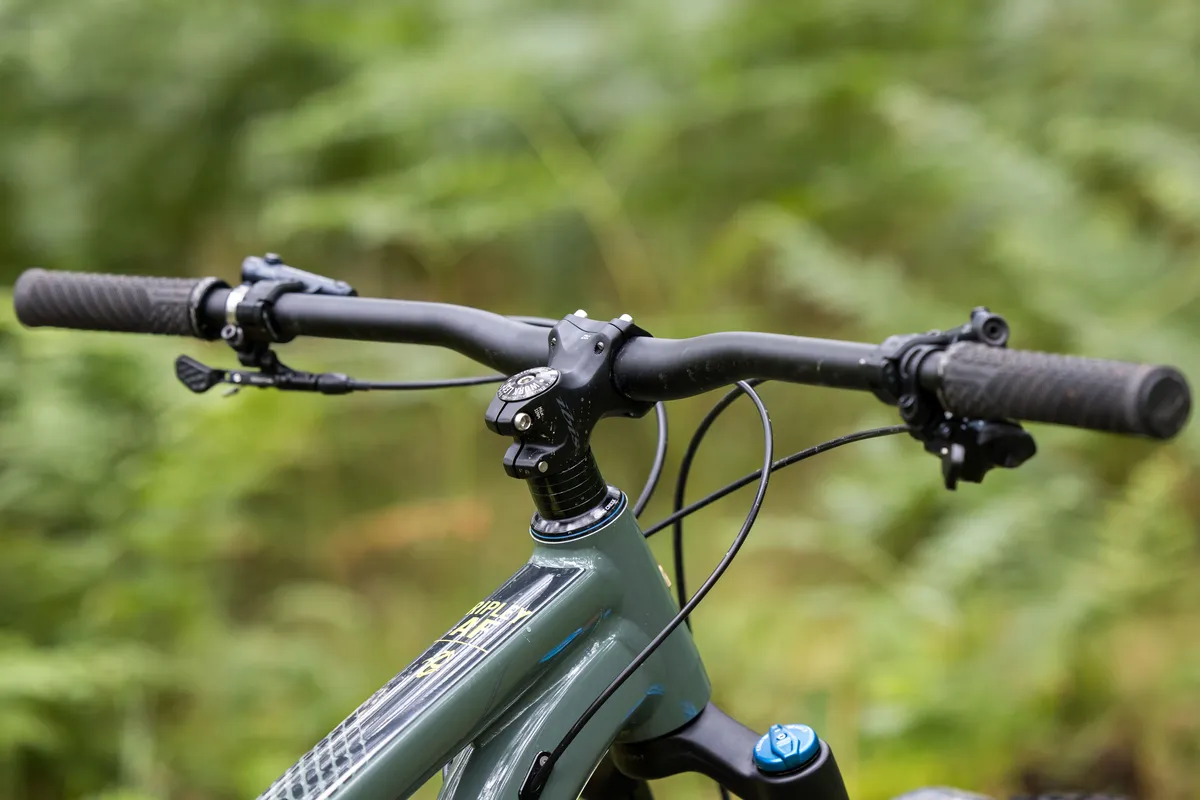
The shorter stem also aids manoeuvrability, as you’re rotating the handlebar closer to the axis of the steerer, although too short a stem can make a bike feel unstable.
The width and amount of backward sweep to your bars are also significant factors, because they will alter how close to the steering axis your hands are.
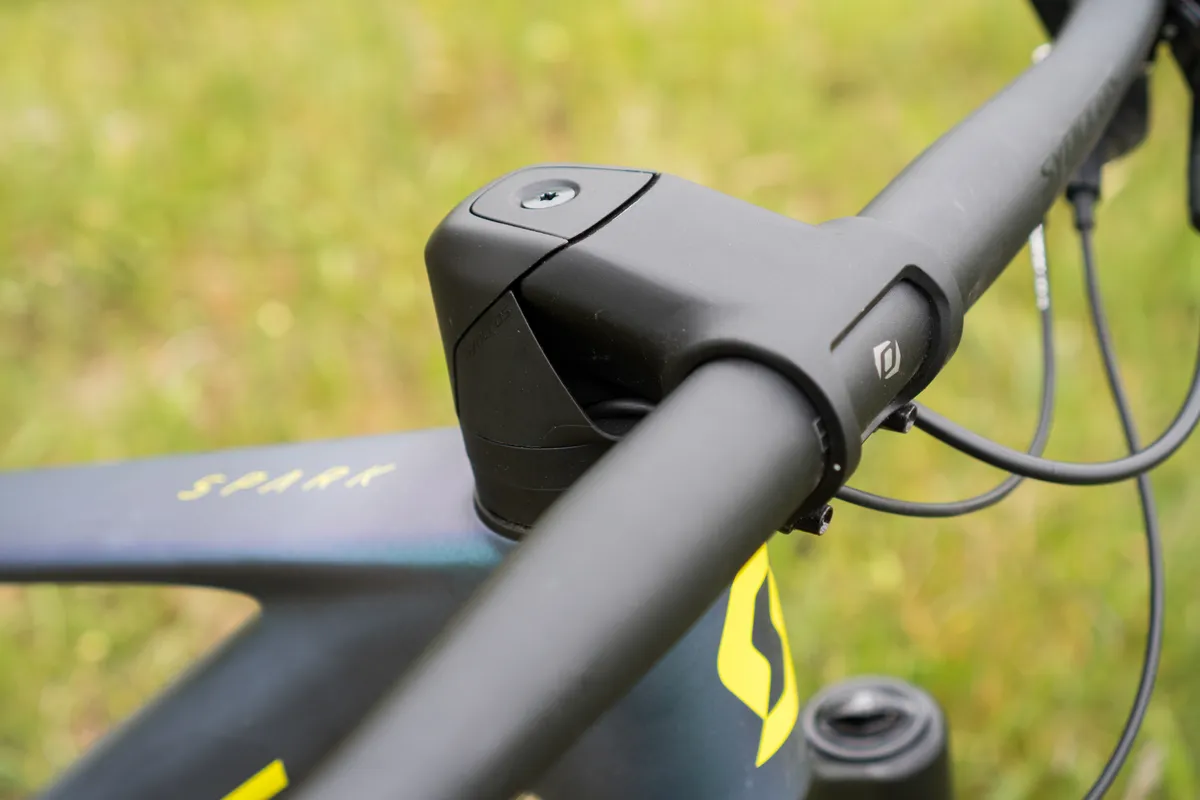
Mountain bikes with integrated cockpits and hidden cable routing are starting to make an appearance, too, although the former are mainly confined to race-focused cross-country mountain bikes.
Direct-mount mountain bike stems

Another variant is the direct-mount stem, used on some downhill mountain bikes.
Rather than bolting onto the top of a steerer tube, this bolts directly to the fork crown. The result? It’s more rigid, less likely to be twisted in a crash and lighter, too.
Plus, as is the trend with most mountain bike stems, it’s ultra-short for sharp steering on super-technical downhill courses.
Gravel bike stems
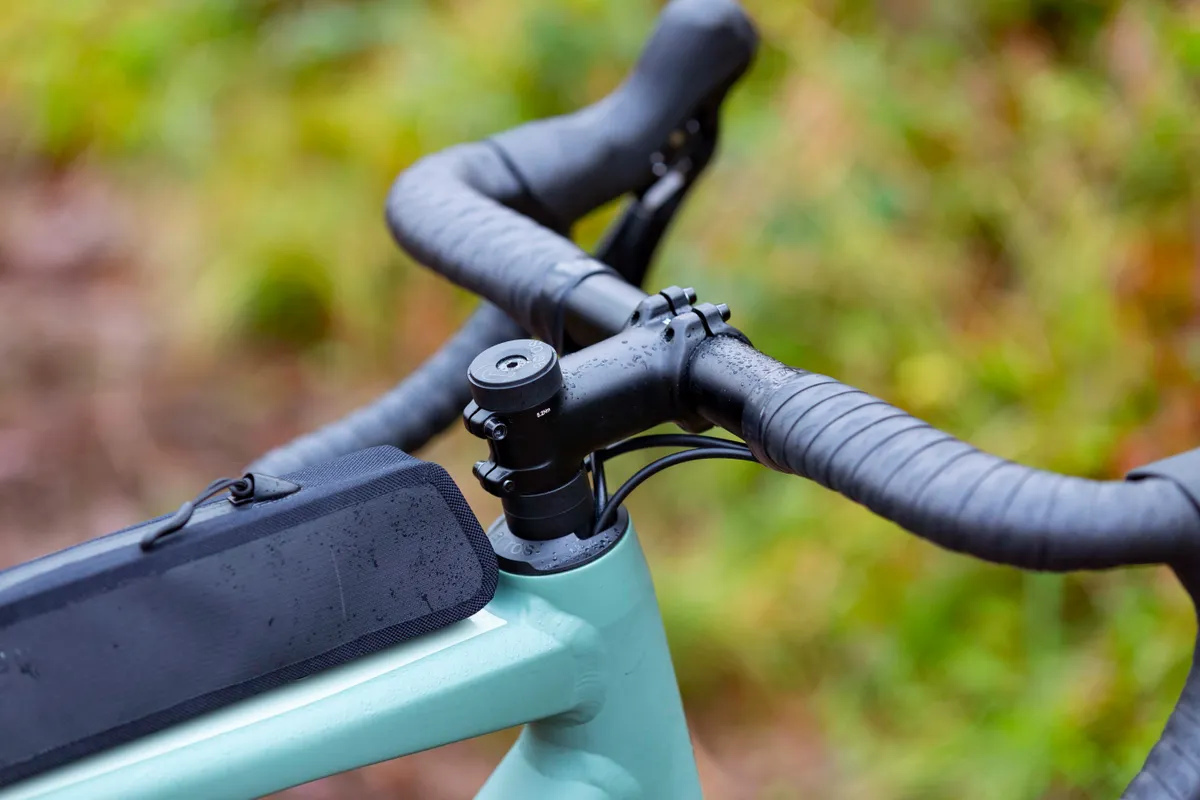
As you'd perhaps expect from a bike designed to straddle road and off-road, the stems found on gravel bikes normally sit somewhere between mountain bikes and road bikes in terms of length.
Newer gravel bikes typically have stems that are a bit shorter than those found on road bikes, usually 90mm or less.
That's for the same reasons as modern mountain bikes: the shorter stem adds manoeuvrability and works better with the slacker headtube angles found on newer gravel bike designs, such as the latest Trek Checkpoint.
Quill stems
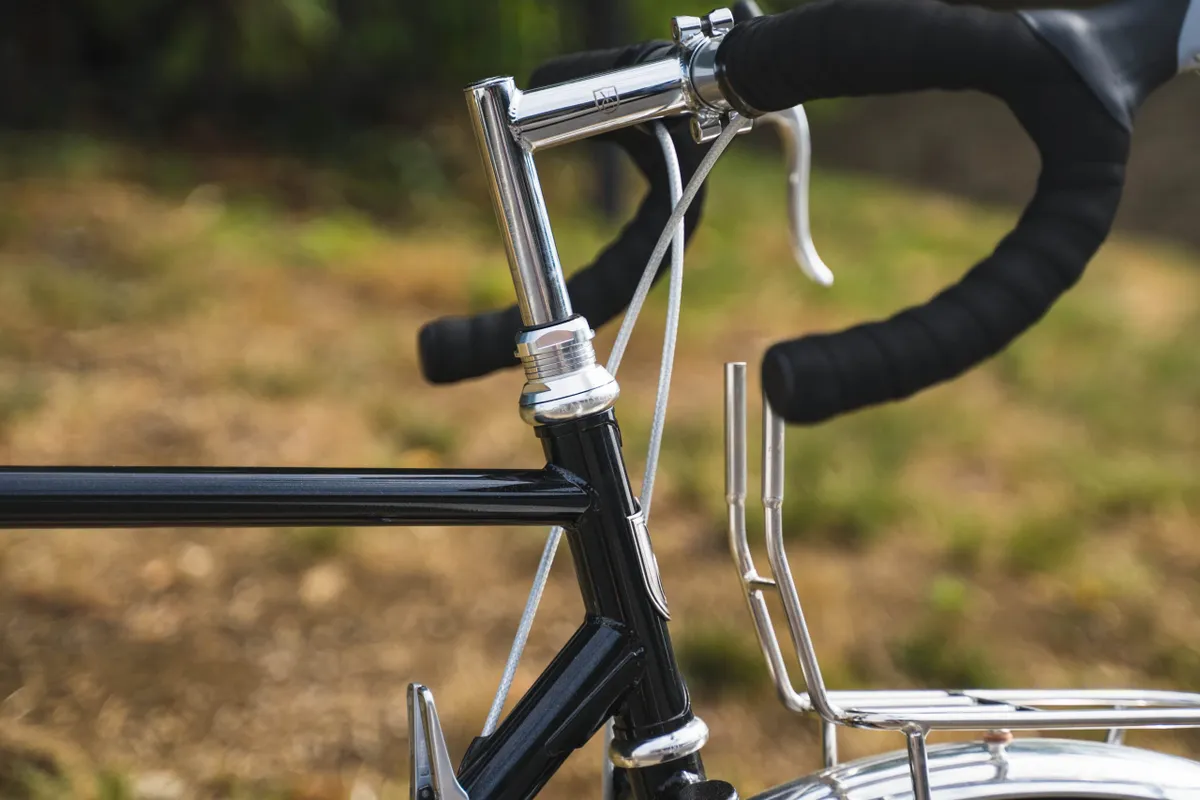
Old-school bikes had a quill stem. This was an inverted L-shape, with the shaft of the stem slotting down into the top of the fork’s steerer tube, and secured by an expander bolt with an (in most cases) Allen key head at its top.
Quill stems went out of fashion because the contemporary bolt-on stem and fork design is stronger and lighter. It’s easier to manufacture too, because with a quill stem the steerer tube needs to be threaded, with a screw-on top headset bearing.
However, you can still find quill stems on some retro-style fixies and singlespeed bikes, as well as some boutique custom builds or cheaper town bikes.
Bike stem standards
Although bike stems may look simple, there's a significant amount of complexity in choosing the right one for your bike, largely due to the bike industry's custom of developing multiple standards.
When we talk about stem standards here, we're primarily talking about compatibility with the streerer tube on your bike (measured in inches), but also the handlebar clamp (measured in millimetres).
The main standards you'll find for bike stems are summarised below. As ever, more exist – and some bikes, such as the Canyon Aeroad CFR, use a proprietary system – but this captures the majority of common options on the market.
1 1/8in steerer, 31.8mm bar clamp
The standard size for most modern mountain and road bikes, with typical lengths of between 35mm and 80mm for MTB stems, 80mm and 100mm for gravel bikes and 90mm to 140mm for road bikes.
1 1/4in steerer, 31.8mm bar clamp
Found on some mountain bikes and also some drop-bar machines such as Giant's cyclocross bikes.
1 1/8in steerer, 35mm bar clamp
Used on some mountain bikes with oversized handlebars.
1 1/4in steerer, 35mm bar clamp
As above, but where the steerer tube of the mountain bike has also been beefed up.
Direct mount
Used on some downhill mountain bikes. Requires a fork with mounting points built in.
1 1/8in steerer, 25.4mm/26mm bar clamp
Found on some older mountain and road bikes.
1in steerer, 25.4mm/26mm clamp
Used for quill stems.
